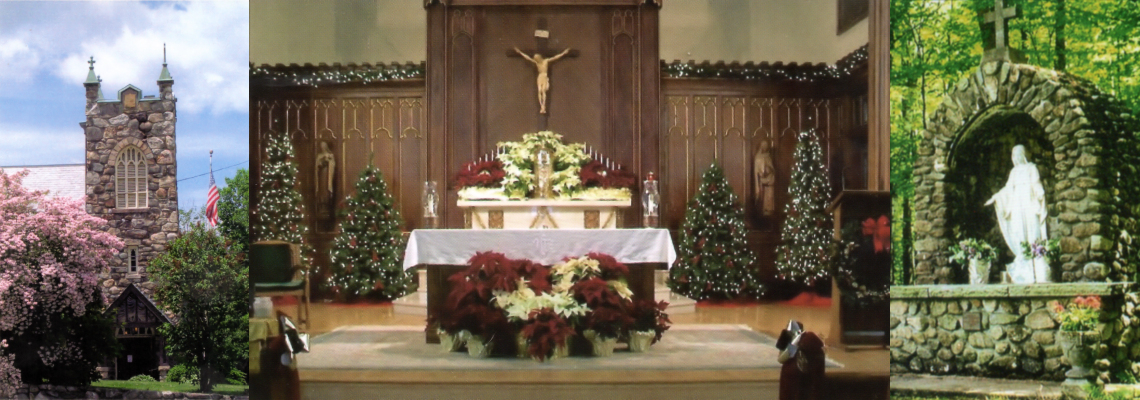Leviticus and other biblical books show that God himself prescribed numerous religious rituals for the ancient Israelites. Sacrifices and offerings, ordination ceremonies and priestly behavior, holidays and festivals — all had their designated rituals (see Lv 1:1-10:20; 16:1-34, 23:1-44). In addition, devout customs grew up among hte people, such as those for mourning the dead (see 1 Sm 31:11-13) and anointing kings (see 1 Sm 10:1).
Jesus, Mary, Joseph, and the apostles were all faithful Jews, practicing the religious rituals of their people. Mary and Joseph “fulfilled all the prescriptions of the law of the Lord” (Lk 2:39) with regard to circumcision, purification, and presentation after Jesus’ birth (see Lk 2:21-39). The family took part in the temple rituals of the great holy days (see Lk 2:41-43), just as Jesus later did with his apostles (see Lk 22:1-13; Jn 2:13; 7:2-10; 10:22-23).
Our Lord also followed the weekly synagogue rituals (see Lk 4:16-20). At meals — including the Last Supper — he prayed the ritual blessings customary among the Jews (see Mk 14:22; Lk 22:19; 24:30). In fact, the words of the Catholic Church’s Eucharistic rite today still echo the ancient Jewish table blessing Jesus himself prayed.
The first Christians no longer practiced Jewish rituals that had been rendered unnecessary by Christ’s coming, such as temple sacrifices (see Heb 9:1-28). But they by no means abandoned all ritual, as New testament passages indicate: “the breaking of the bread [the Eucharist] and … the prayers” (Acts 2:42); the customary three o’clock prayers at the temple (see Acts 3:1); the laying on of hands and anointing with oil (see Acts 6:6; Jas 5:14); the apparent quotations from the liturgy (see Col 1:15-20; Phil 2:6-11; 1 Tm 3:16). When Acts says that the Church leaders at Antioch were “worshiping” (13:2), the Greek verb used is leiturgeo (the root of our English word “liturgy”), which refers to ritual worship.
Why does the New Testament provide no details of these rituals? The earliest Christians require no written ritual instructions because they worshiped regularly according to an oral tradition. That unbroken tradition, which reflected both Jewish roots and new Christian realities, eventually developed into th rich ritual of worship practiced today by the Catholic Church.
Related Scripture:
Texts Cited: Lv 1:1-10:20; 16:1-34; 23:1-44 • 1 Sm 10:1; 31:11-13 • Mk 14:22 • Lk 2:21-39, 41-43; 4:16-20; 22:1-13, 19; 24:30 • Jn 2:13; 7:2-10; 10:22-23 • Acts 2:42; 3:1; 6:6; 13:2 • Phil 2:6-11 • Col 1:15-20 • 1 Tm 3:16 • Heb 9:1-28 • Jas 5:14
General: Ex 28:1-30:38 • 1 Chr 23:25-32; 25:1; 29:22 • 2 Chr 5:1-14; 7:6-10 • Mt 13:54 • Mk 16:18 • Acts 8:17-18; 9:17; 13:3; 19:6 • 1 Tm 4:14 • Heb 6:2 • Rv 4:2-11; 8:3-4
Catechism of the Catholic Church: 1124-1125 • 1136-1209
